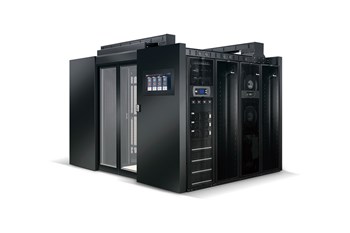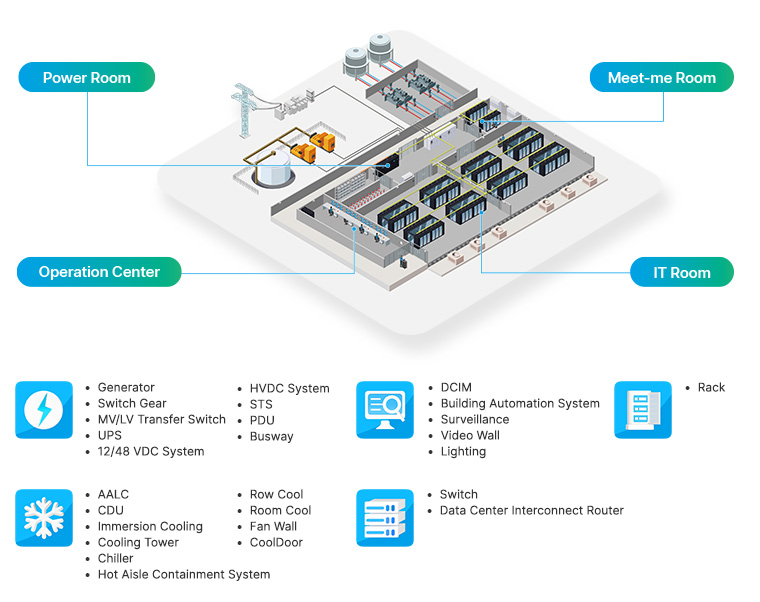 Delta’s InfraSuite
Delta’s InfraSuite
Delta’s InfraSuite offers a comprehensive, modular and highly integrated portfolio to support the creation of high-performance data centers. As a global leader in thermal and power management solutions, Delta has further strengthened its leading position in data center infrastructure with a complete offering of AC or DC power, cooling systems, monitoring platforms from micro and modular to containerized solutions.
Our Service and Capability:
- Provides total data center life cycle services, including consulting, design, simulation, implementation and after service
- Designs and builds data centers per customer requirements using optimal solutions
- Offers comprehensive power supply, power distribution, cooling system, modular racks and DCIM solutions for implementation anywhere
 Our Partners
Our Partners